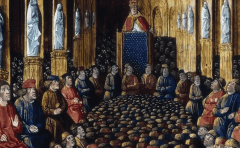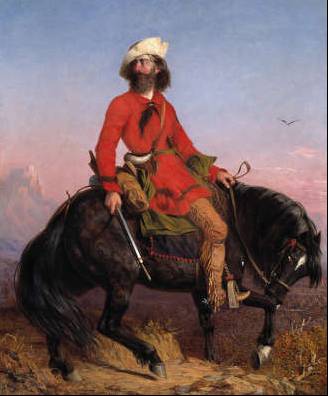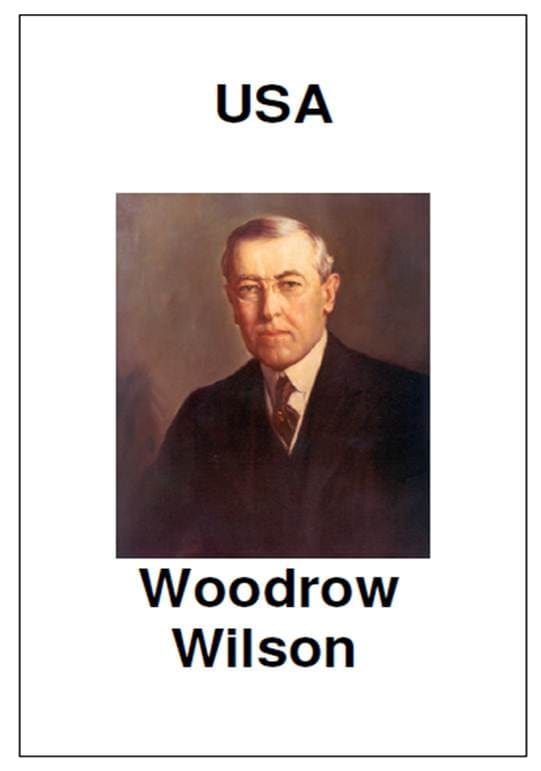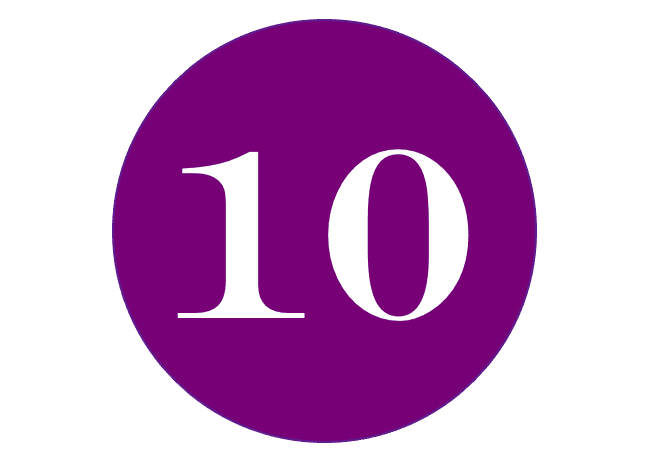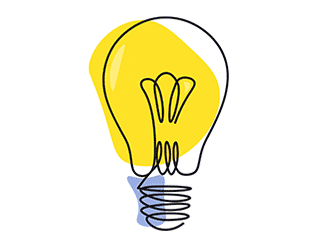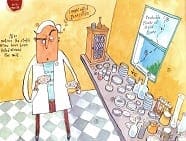
Students have to divide a $100 million bequest to those people who did most to develop penicillin. But in what ratio? Should Fleming get it all? What about the Oxford team, Florey and Chain, even Heatley? Students create a living graph to show the turning points in development as a basis for their decision. They then identify and rank the factors that contributed to the development, both positively and negatively. For homework students complete a standard GCSE question which is peer-marked initially using mark scheme written for student use.
Learning objectives
- Students can accurately explain Fleming’s role in the discovery of penicillin;
- they can identify key turning points in the development of penicillin;
- they can justify their apportionment of credit for the main individuals involved;
- they can analyse factors involved and justify their judgement as to how significant each was.
Starter
Show slide 2, the front cover and citation from



